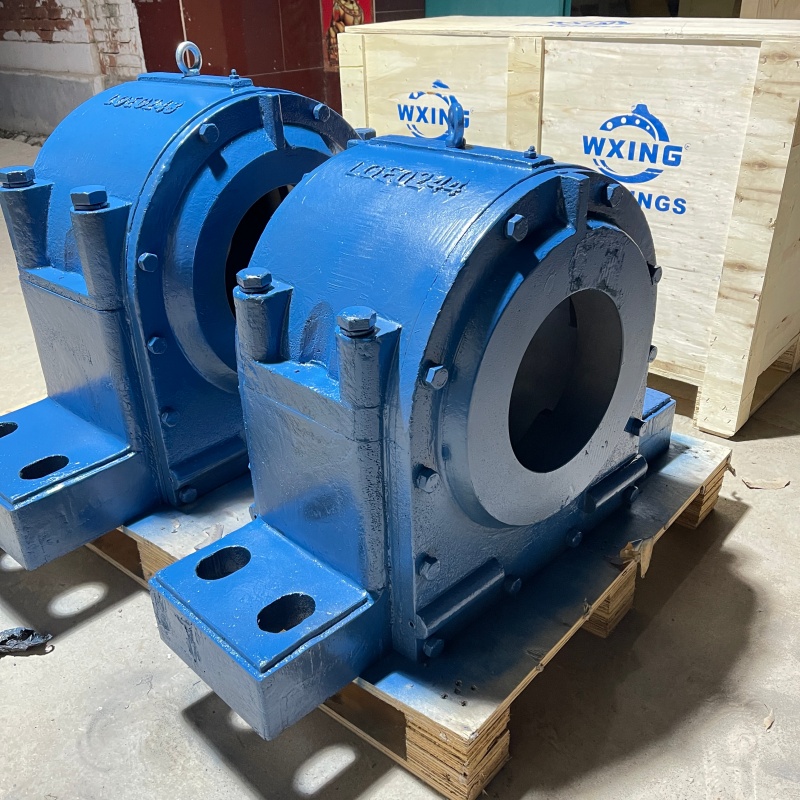

The large-scale general-purpose finite element analysis software "ANSYS" was used to check the strength of the main bearing seat of a certain type of engine after adding an oil return hole using the finite element calculation method. Based on the calculation results, a stress test of the actual machine was carried out. Actual The results of the machine stress test confirm that there will be no lack of strength after adding an oil return hole to the main bearing seat, which is more consistent with the results of finite element analysis, indicating that the accuracy of the finite element model can basically meet the requirements of strength verification.
For each part design change, the designer needs to understand the impact of the change on the entire system, that is, to verify the response of the mechanical structure when subjected to external loads. Through this reaction, the state of the mechanical structural system after being subjected to external force can be known, and then whether it meets the design requirements can be judged. However, the geometric structure of the general mechanical system is quite complex and it is subject to a lot of loads. Completely realistic theoretical analysis is often impossible to carry out. If you want to get the answer, you must first simplify the structure and use numerical simulation methods for analysis.
Finite element analysis uses mathematical approximation methods to simulate real physical systems (geometry and load conditions). By dividing simple and interacting elements, that is, units, a limited number of units are used to approximate the real system with infinite unknown quantities. A method of analysis.
For each discrete "unit" there is a certain equation to describe its response under a certain load. The set of responses of all units in the model is the overall response of the design model. The more "units" a simulation model contains that are constrained by certain equations, the closer the model is to the real system. After integrating with the rapidly developing computer technology, using computers for "finite element analysis" auxiliary design is relatively simple. Physical testing saves costs, shortens design and development time, and creates higher-quality, more reliable products.
1 Problem description
In order to cope with the oil leakage phenomenon of the rear oil seal of the crankshaft of a certain type of engine, an oil return hole needs to be added to the fifth bearing seat of the crankshaft of this engine, as shown in Figure 1, to reduce the oil pressure around it, thereby reducing the leakage of oil from the rear oil seal. possibility. Since the bearing seat bears strong loads transmitted through the piston connecting rod and crankshaft during engine operation, whether the strength of the drilled bearing seat can meet the requirements of high-speed engine operation is a factor that must be considered. Therefore, , before manufacturing physical parts, first use ANSYS software to use finite element analysis method to check the strength of the design model.


Copyright © 2025 Zhejiang waxing electromechanical co.LTD. | All Rights Reserved Design
Hello, please leave your name email or WhatsApp here before chat online so that we won't miss your message and contact you smoothly.
CONTACT US
Consult our customers for surprise discounts.